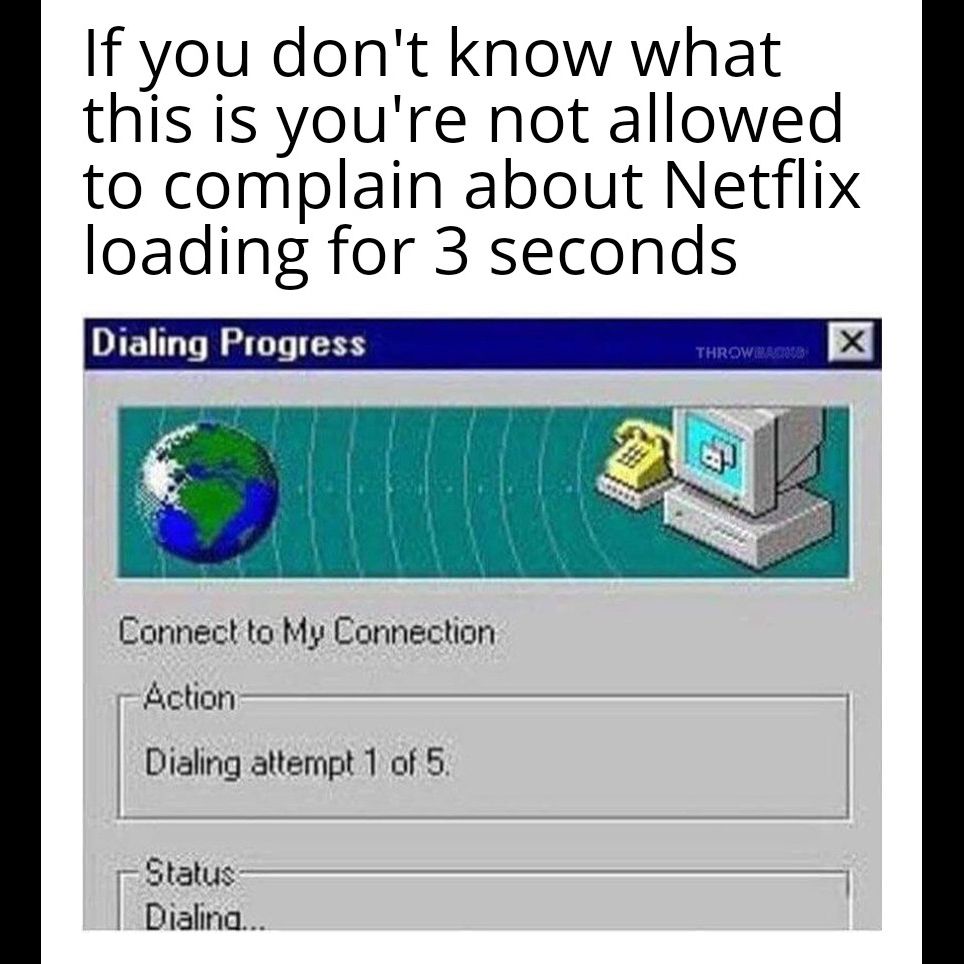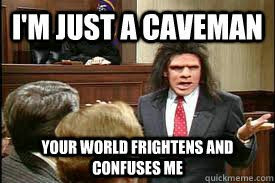
Posted on 09/29/2022 11:07:17 AM PDT by ShadowAce
Google is planning to offer much faster broadband speeds in the US areas where it operates its fiber networks, all the way to 100Gbps.
Google Fiber, part of the Access division of the search giant's parent company, Alphabet, currently provides a 1Gbps service, and began upgrading its speed in 2021 with the introduction of a 2Gbps product offering downstream bandwidth of 2Gbps and upstream bandwidth of 1Gbps for $100 a month.
That comes up against AT&T Fiber's similar tier at $110, Verizon Fios and Ziply Fiber's 120 plans, and Frontier's Fiber 2-gig is $150, although, of course, Google's $100 pricing may not hold.
The ad giant now says that this was just one step in a journey to making multi-gig speeds widely available and accessible, and claims new multi-gigabit tiers unveiled over the coming months will be "critical milestones on our journey to 100 Gig symmetrical internet."
This was revealed in a blog post by Access CEO Dinesh Jain, who said Google Fiber foresees an internet that depends on faster and faster speeds, which doesn't seem especially controversial. The pricing – if it remains – seems reasonable for a service that is many times faster than the broadband services many Americans have access to.
"We're already closer than you might think. This month, we took our testing out of the lab and into the home, starting with our first trusted tester, Nick Saporito, the Head of Commercial Strategy for GFiber," Jain wrote.
This test installation at Saporito's home in Kansas City is supposedly capable of providing a download speed of 20.2Gbps, with a screenshot offered to prove it, although curiously omitting the upload speeds.
Jain said he can see a time when communities across America will have at least two, if not three, fiber providers, and that differentiation will then have to be delivered in how the network is built to deliver symmetrical multi-gig speeds at accessible pricing – which is what Google Fiber believes it is doing, of course.
Last month, the company disclosed it was in talks with city leaders in several states, with the goal of introducing its high-speed fiber-to-the-home service in more locations. These included Arizona, Colorado, Nebraska, Nevada, and Idaho, which it said will be the main focus for growth for the next several years, along with continued expansion in existing metro areas.
Such expansion hasn't always gone so well for Google, however. Back in 2019, Google Fiber pulled the plug on its service in Louisville, Kentucky, after agreeing to pay the local authorities $3.84 million for damage to the streets apparently caused by the use of "micro-trenching" techniques that saw fiber lines buried just a few inches below the pavement rather than much deeper down.
According to the company itself, which spun out of Google in 2015, burying trenches less deep than others should save time. ®
Yep. Cut down the wait time on those nipples a lot.
No Thanks.
“No Goog.”
Me neither - for about 15 years.
Okay, so if you had the whole 100 Gbps, that would be an entire Terabyte in under a minute and a half. In reality NIC-mainboard bus connectivity, SSD access times, bus throughput on the SSD (often 6gbps or worse) make that utterly impossible.
At that level, latency is as or more important than raw sustained throughput, especially for gaming, but also for frequent small updates, as in databases. Movies would download fast, though.
pages load pretty darn fast with 150 meg. we are happy.
I remember 300/1200baud modems and using compuserve and AOL, I have had 1gb internet from spectrum sense 2018 and I love it my laptops, desktop, tablet phone TV and directtv box all use it.
My first was a 300Bd .. :\
“Geez, I feel like a dinosaur. Our internet runs at about 60Mbs and the wife and I have no issues. Not sure what use we would get out of 100Gps.”
I get the same speed from Xfinity and it’s enough for me. The only place I stream movies from is Amazon a few times a year. If I did more streaming, I would get 100mbps.
In fact 100mbps is the same price I am paying now...but just on paper. With the 60mbps I get a $10 monthly discount for being paperless and paying automatically via my credit card. I would lose this discount if I went to 100mbps.

ATT just pulled in fiber. 300 up and down $60.00 month
20 years ago I had to evaluate fiber optic versus coaxial for my employer. I noticed that fiber had a similar problem as direct current electricity around 1900: utter dependence on substations. Don't know if they overcame that but it was a big negative then.
But
I forgot about the discs they constantly mailed out and had a display of in all the stores.
Disclaimer: Opinions posted on Free Republic are those of the individual posters and do not necessarily represent the opinion of Free Republic or its management. All materials posted herein are protected by copyright law and the exemption for fair use of copyrighted works.